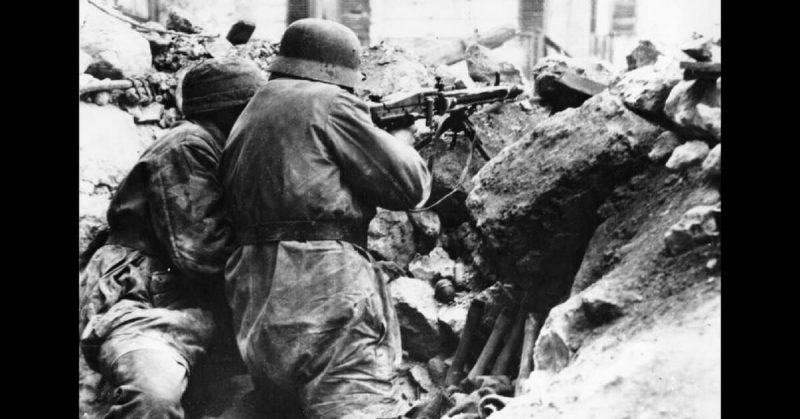On the 15th February, 1944, 1400 tons of high explosives were dropped by the Allied forces advancing upon Rome, on the Benedictine monastery of Monte Cassino. The aerial bombardment marked the beginning of one of the most i episodes of World War II – the defense of Monte Cassino by a numerically and technologically inferior force against massive enemy firepower and manpower.
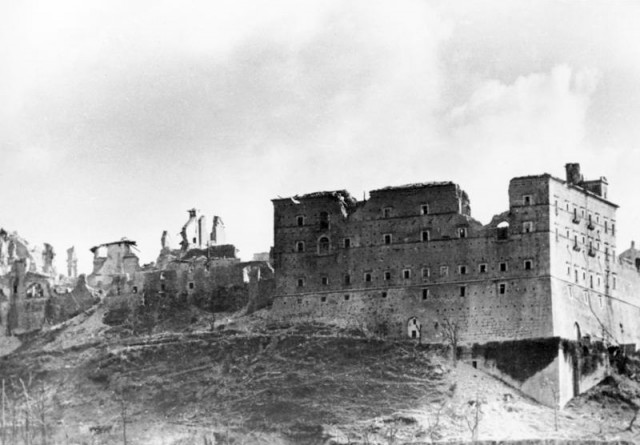
As the dust settled on the ruins of what had once been one of the greatest cultural and religious landmarks on the European landscape, Fallschirmjäger (German paratroopers) began to move into the perfect cover conveniently created for them by the air raid. During World War II, the Fallschirmjäger had been prominent in many notable engagements with Allied forces. From the assault on Fort Eben-Emael, to the invasion of Norway and the Battle of Crete, German paratroopers had played a huge role in German victories and had achieved a reputation for bravery and fortitude that had few equals.
These campaigns were won during the early years of the war, when Germany was at the height of its power. In 1944, during the death throes of Axis power in Europe, the Fallschirmjäger achieved their most noteworthy action, at Monte Cassino. While there is nothing admirable about the fascist regime which drove to the fight, it is undeniable that the young men on the ground fought with extreme bravery in the face of overwhelming odds.
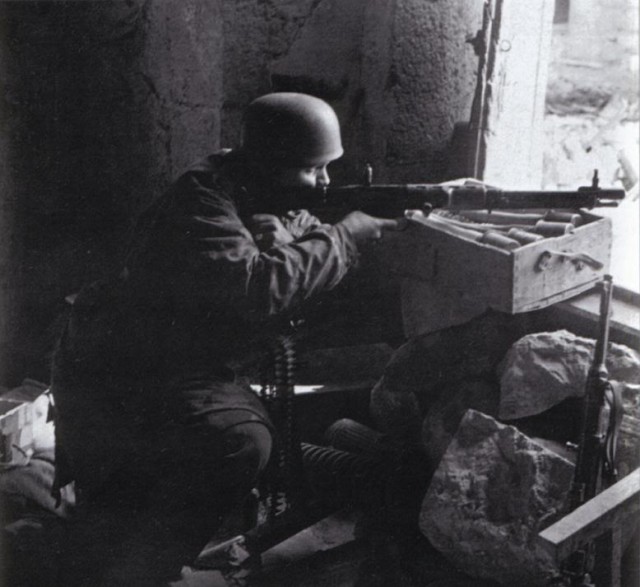
Taking advantage of the surrounding ruins, the German paratroopers were able to conceal the artillery, machine gun emplacements, and mortars that would take a heavy toll on enemy assaults.
On the 15th of February, British troops advanced on Monte Cassino and suffered a decisive setback when met by stiff resistance from the Fallschirmjäger, with a company of the 1st Battalion Royal Sussex Regiment taking over 50% casualties. On the 16th of February, the Royal Sussex Regiment moved forward to the assault with an entire regiment of men. Once again the British were met with a determined resistance from the Fallschirmjäger and driven back to their own lines.
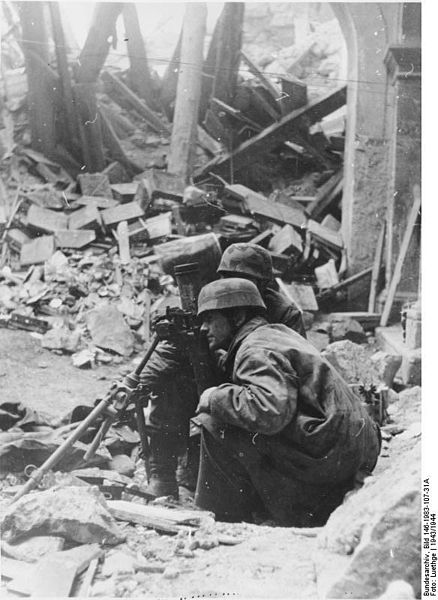
The following night, the 1st and 9th Gurkha Rifles and the 4th and 6th Rajputana Rifles attempted to assault Monte Cassino but withdrew after suffering appalling losses. Also on the 17th of February, the 28th Maori Battalion succeeded in advancing as far as the railroad in Cassino Town but were dislodged by a German armored counterattack.
On March 15th a large scale assault upon the German positions was signaled by the dropping of 750 tons of explosives and a massive artillery barrage that accounted for the loss of 150 German paratroopers. New Zealand and Rajputana soldiers were sent into the assault in the hopes that the paralyzing effect of the enormous bombardment would enable them to seize Monte Cassino while the Germans were still in a state of shock.
To the dismay of the Allied command, the Fallschirmjäger fought back with such determination that the assault had to be called off. A surprise armored assault upon Cassino four days later was also repulsed by an aggressive German counterattack that succeeded in destroying all the tanks the Allies had committed to the assault. By this stage, the Allies had lost over 4600 men killed or wounded.
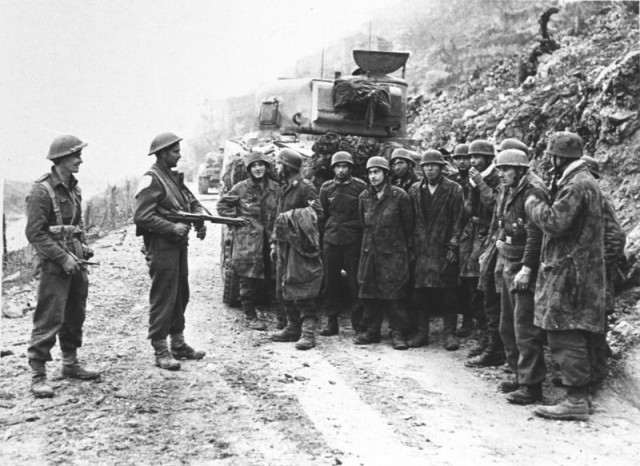
Further attacks on Monte Cassino were delayed while the Allies massed troops for what was hoped would be an unstoppable offensive. On the 11th of May, over 1600 artillery pieces commenced a massive barrage upon the German positions.
Moroccan, Polish, and American troops surged up the slopes of Monte Cassino with the paratroopers holding their positions and forcing them to into a brutal fight for every yard of contested ground. Soon, however, it became clear that the Allied advance threatened to cut off the German lines of supply, and the Fallschirmjäger were ordered to withdraw to the fortified Hitler Line. When the final attack came on the 18th May, only 30 German soldiers, too wounded to be removed, were found in the ruins.
Monte Cassino had finally fallen to the victorious Allies, but the cost in men and material had been prodigious. The battle for Monte Cassino will be remembered in the annals of history as a testament to the bravery and determination of the ordinary soldiers of the German Fallschirmjäger.
